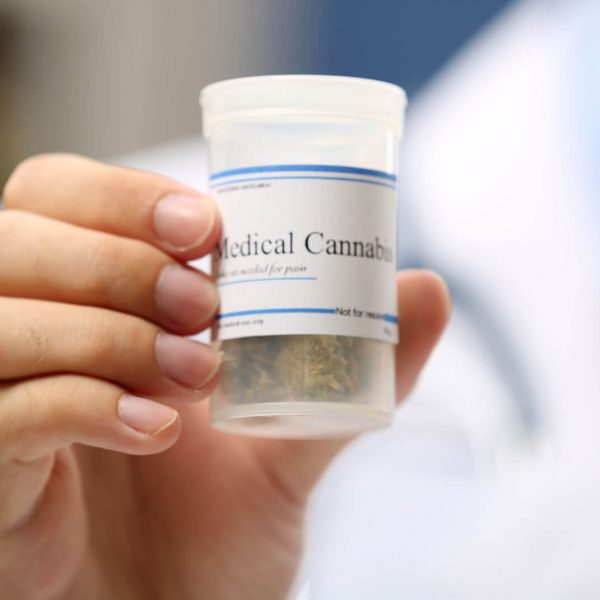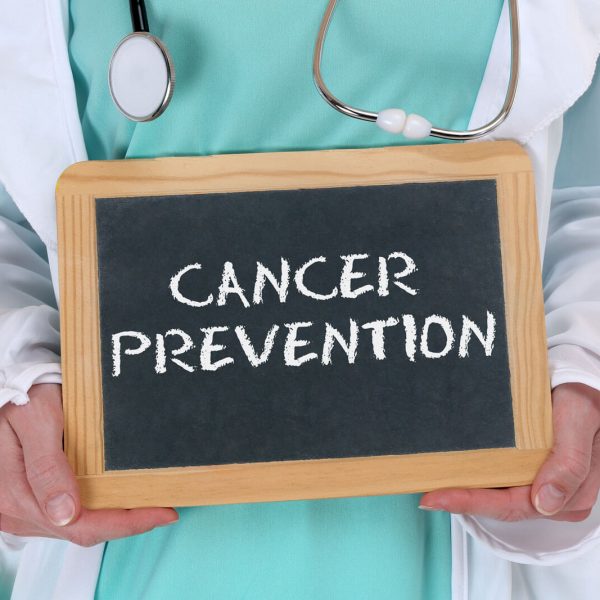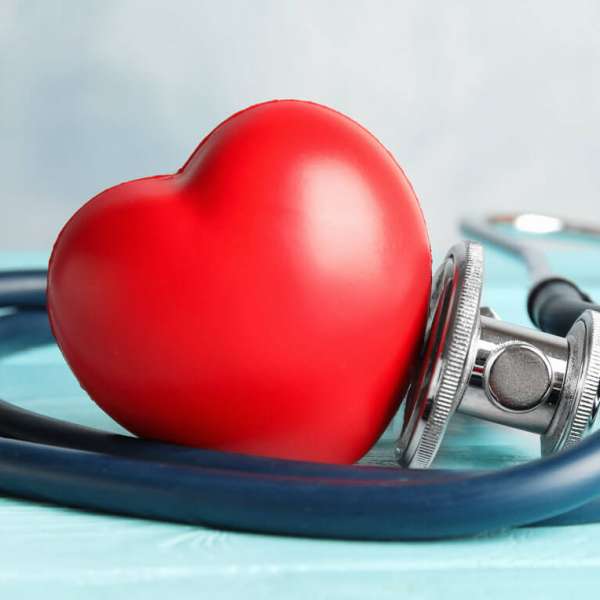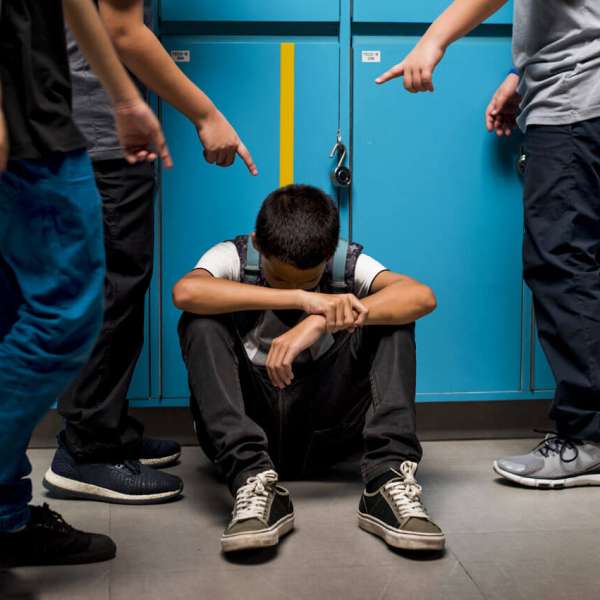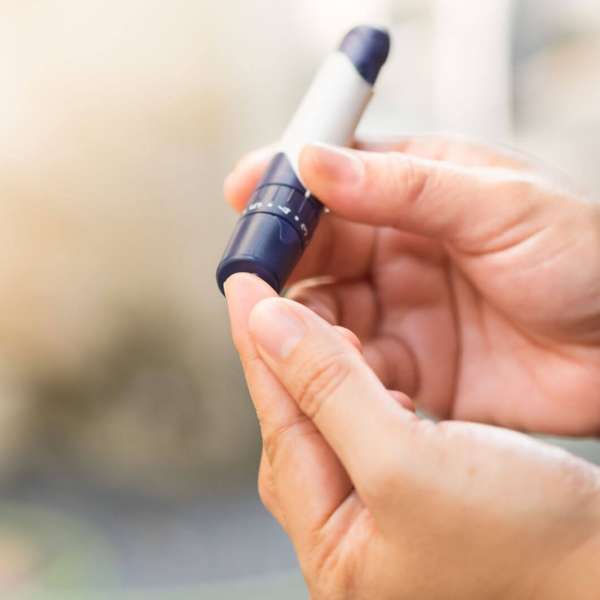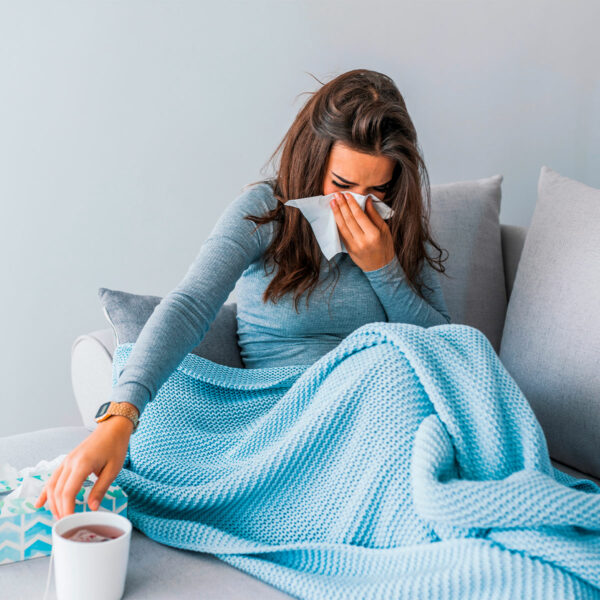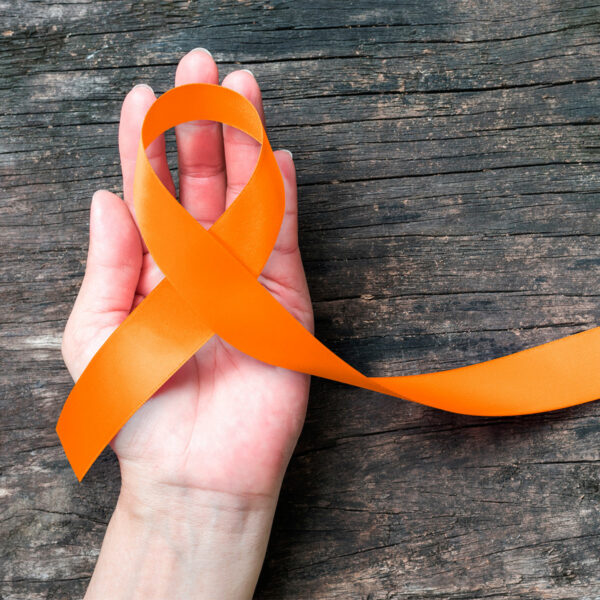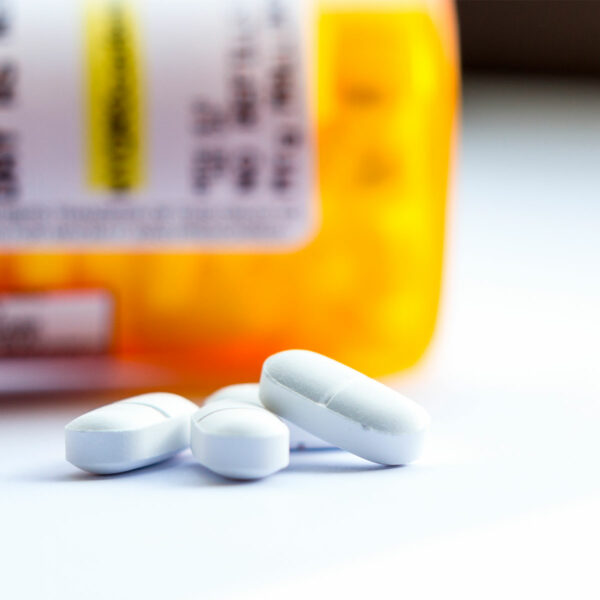In June of 2022, the Department of Health of Puerto Rico confirmed the first case of monkeypox, a rare zoonotic disease, in the island and issued a call for prevention. Zoonotic diseases, such as dengue, rabies, or salmonella, can be passed from animals to humans. As stated by the local press, eight cases had by this time been confirmed by mid-July: six due to their medical and travel record and two due to local transmission. Eight more suspected cases were also reported, as well as two other cases under investigation.
Monkeypox is unsafe since it is highly contagious, with the aggravating cause that there is no treatment, and the vaccines are very limited. This means that, to stop its spreading, the broad public needs to follow the right recommendations to avoid getting infected.
Monkeypox has been found in 14 countries of the Americas.
This rare viral infection exhibits flu-like symptoms. Though very few people had heard of it, the first human case reported was a child in the Democratic Republic of the Congo in 1970. The disease is caused by a virus and can be transmitted from animals to people and from people to people. The disease was first found in 1958 among lab monkeys in Denmark, and later, among animals in Africa. However, historical data shows that it had already been documented 3,000 years ago. As stated by the United Nations, it has at this time been reported in 14 American countries, with thousands of cases diagnosed mostly in the United States, Canada, Brazil, and Peru.
Incubation Period and Symptoms
The infection has an average incubation period of 5 to 13 days before symptoms appear, though it can take up to 21 days. At first, it exhibits flu-like symptoms, such as fever, low energy, chills, swollen lymph nodes, harsh headaches, and muscle and back pain. It is distinctive in that skin rashes or lesions will also appear in many parts of the body 1 to 3 days before the start of fever. These blisters may be many or few, raised or flat, and may have clear or yellowish fluid. Monkeypox and chickenpox are not the same illness, and though they both cause skin blisters, the ones caused by monkeypox do not itch. A patient with this disease may go through severe pain in the zone but no irritation.
This skin rash mainly affects the face and can spread to the palms
of the hands and the soles of the feet. Later, they may crust over, dry out,
and fall off. They can also appear in the mouth, genitals, and eyes. Symptoms mostly
last two to four weeks, and they fade away on their own without treatment, though
the antivirals used on smallpox patients may help. One of the characteristics
that differentiates monkeypox from other like diseases is the swelling of the
lymph nodes before the skin eruptions appear.
Let’s Avoid Infection: Prevention, Transmission, and Treatment
There are currently two vaccines authorized by the FDA for the prevention of monkeypox. These are JYNNEOS (also known as Imvamune or Imvanex) and ACAM2000. (Reference: Considerations for Monkeypox Vaccination | Monkeypox | Poxvirus | CDC ). There is currently a limited supply of JYNNEOS in the United States, although ot is expected to grow over the coming weeks and months. As for ACAM2000, there is a large supply, but this vaccine cannot be used on people with certain health conditions, including a compromised immune system, skin conditions such as atopic dermatitis, and pregnant women, among others.
Right now, two variants of the monkeypox virus are known: one originating from West Africa and another originating from the Congo Basin (Central Africa). For the time being, the World Health Organization (WHO) has ruled out classifying the monkeypox outbreak as a public health emergency of international concern (PHEIC) in countries where the disease is not endemic. (PHEIC is the highest global alert level, a distinction shared by both Covid-19 and polio.) The disease is endemic in countries in West and Central Africa, and so far, confirmed cases outside these regions have been associated with imports from endemic areas. But the situation is different now: the outbreak has been deemed not often and concerning due to the rapid increase in cases.
The virus is transmitted through respiratory droplets that are released when people talk or sneeze. It has also been documented to be transmitted by bodily fluids and through contact with the lesions of an infected person. This is why it is important to:
- Keep 6 feet of distance from others.
- Avoid having close contact with other people, mainly skin-to-skin.
- Wash your hands often with soap and water.
- Use an alcohol-based hand sanitizer (at least 60% alcohol).
- Avoid direct contact with the bodily fluids or tissue lesions in infected people.
- Keep on using your face mask.
Once again, we are reminded that protecting ourselves is the key to preventing infection and stopping the transmission of disease.
If you need additional support, our Model of Care program team can help. You may call (787) 474-6322, or 1.844.777.2201 (toll-free), Monday to Friday from 8:00 a.m. to 7:00 p.m.
TSS-MKT-3812-2022-B


